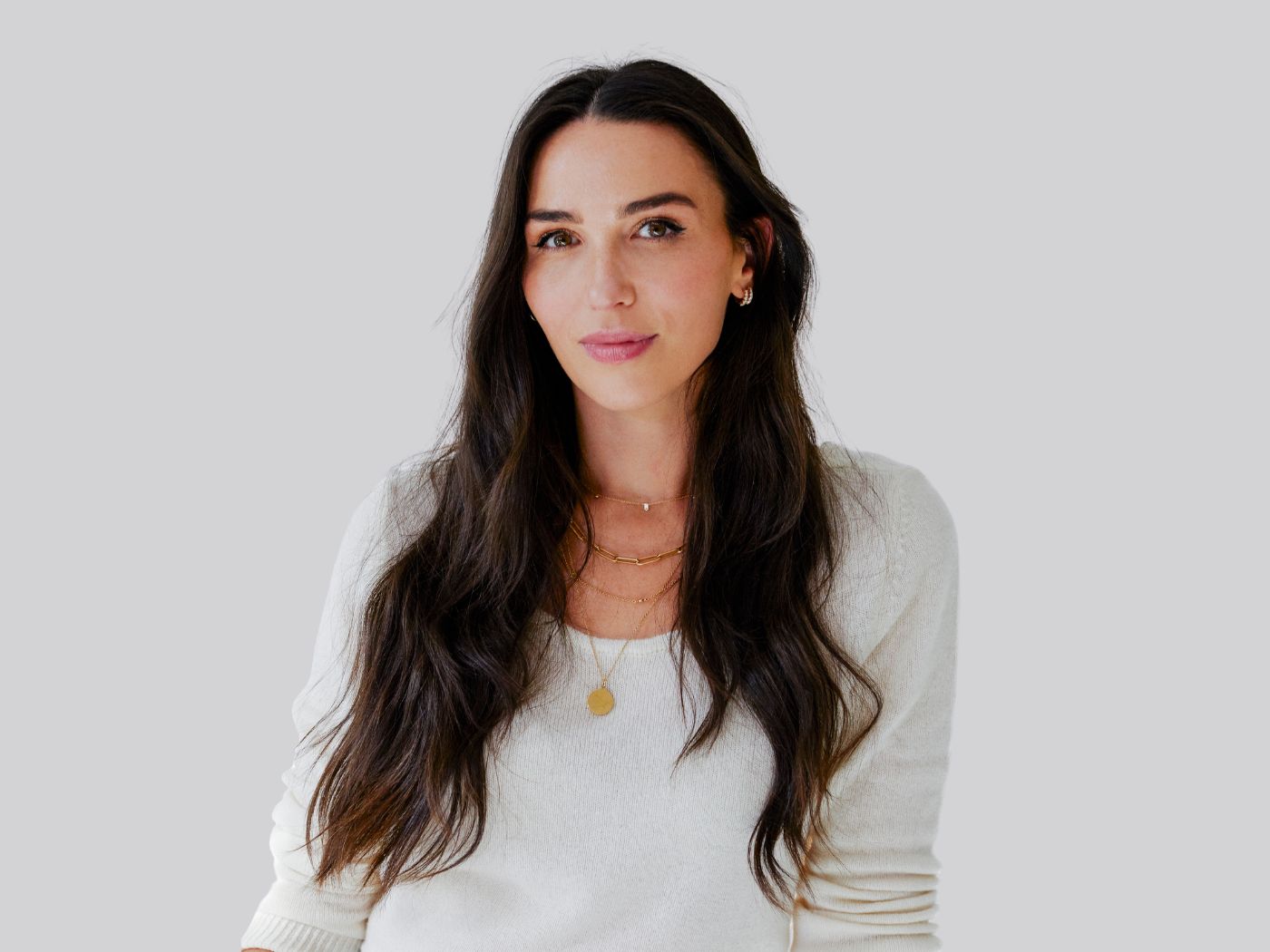A public relations revolution is afoot.
While successful publicists have always had to make magic for their clients, today’s magic-making includes so much more than media placements.

“The PR world is ever-evolving, changing at lightning speed,” says PR veteran, Lauren Kahn. “Clients are looking for our input beyond PR. They want us involved in strategy, thought leadership, brand architecture, trendspotting and more. Yes, pitching plays a key role, but we are doing so much that was considered out of scope even five years ago.”
Shaped by the post-pandemic landscape and the blurring lines between the worlds of advertising and editorial, e-commerce and social media — this indelible shift means PR veterans are pivoting their businesses, expanding their rosters, and in turn, their offerings. For Kahn, who launched K3 Media Collective in 2019, and fellow seasoned publicist, Jen Bickerton, that meant joining forces to create Intersection The Agency, a new consulting agency — which launched in early February. The firm is poised to take on the brave new world of beauty PR.
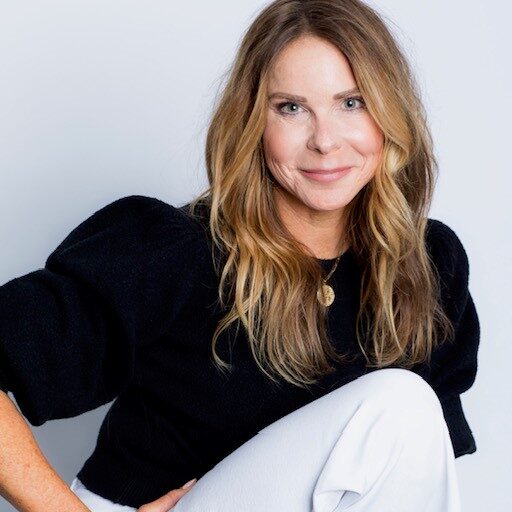
“About a year and a half ago during one of our ‘what’s next’ conversations it hit us: Imagine if we merged?,” recounts Bickerton, founder of JJBPR. “We would immediately bring our clients and respective agencies to the next level by increasing our scope of services exponentially. The energy and creativity already are infectious.”
Positioned as a “true brand extension” rather than a traditional agency, Intersection offers clients a full suite of services, including support across manufacturing, retail, paid media and direct mail, as well as affiliate programming and omnichannel marketing. Central to the Intersection DNA is a focus on seamlessly adapting through the beauty industry’s continual evolution.
“Intersection is the convergence of the past and future,” says Kahn. “The PR and marketing services that we offer set our clients up for long term success and that’s what they are ultimately looking for: a partner that brings something to the table that is tangible, and we can execute. We have done it consistently for the last 30+ years separately and together will be at another level.”
Intersection is just one of many small-scale agencies adapting to a new landscape in which brands are seeking a “one-stop-shop” PR relationship centered on brand partnership, including access to a publicist’s industry knowledge, contacts and best practices, coupled with strategic, comprehensive digital marketing.
“In the past, we focused solely on controlling the narrative and managing media relations,” says Bickerton. “Today, it’s the Wild West. There is not a black and white way to do things. Engagement, community, inclusivity, authenticity and transparency are at the forefront.”
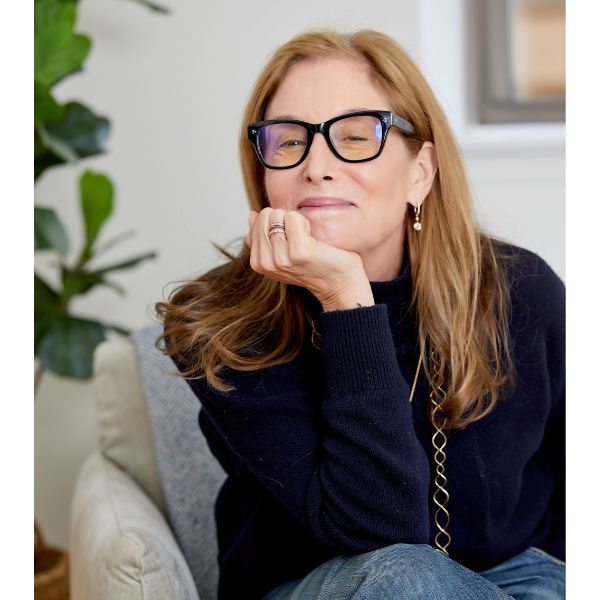
Meeting clients in the moment means not only being well versed across new facets of marketing and business development, but also expertly tailoring PR plans for your client, says Nancy Behrman, Chief Executive Officer of Behrman-Cesa Communications.
“You need to be knowledgeable across multiple verticals and most importantly, understand what’s going to uniquely work for each brand and their specific needs,” says Behrman. “[Clients] want a partner that feels like a true extension of their internal team who is just as committed to their growth and success.”
To stay the course and remain competitive, she says that PR executives must deepen their areas of expertise and partner strategically to fill in any white spaces. To wit, after almost four decades at the helm of her own agency, this fall Behrman took on a business partner to offer more comprehensive brand solutions. Her pick? Long-time employee Gianna Cesa, who first joined the company in 2010 as an account executive. In October 2023, Cesa became President of newly minted Behrman-Cesa Communications (previously Behrman Communications).
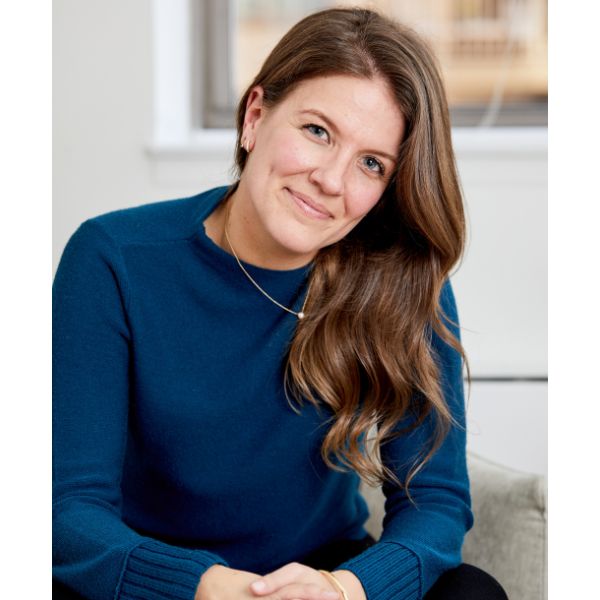
“Having worked together for over 10 years, we are able to talk about all of the work that has led to many of the beauty industry’s biggest sales, and exactly how we touched the businesses and helped them get there,” says Behrman. “We have our respective zones of genius and strong suits that we are able to bring to the conversation.”
Since their partnership, Behrman-Cesa has bulked up its arsenal of services, which have grown to include strategic planning, messaging architecture, digital influencer content campaigns, fundraising, M&A relationships and retail advisory services. “Together, as partners, we can now say to clients, ‘Not only can we help you with press or influencer management, but we can help expand your retail distribution and help you raise money,’” says Behrman.
While 15 to 20 years ago, traditional media relations was a publicist’s “bread and butter,” Behrman says that the gray area between brand awareness and brand growth offers exponential opportunity, and a learning curve, for publicists. “Now PR encompasses so much and there can be a gray boundary between marketing, e-commerce growth, digital advertising, content creation,” she says. “The expectation is to be learned in everything.”
To be sure, today’s state of “blurred lines PR” is intrinsically tied to the publishing industry’s evolution over the past two decades. While in a pre-social media world, the buck stopped with long-lead beauty editors, today, the playing field has been all but democratized (and commercialized), as thought leaders can be found across social media platforms. Because of this shift, extended PR timelines have dissolved in favor of in-the-moment, always-on media opportunities.
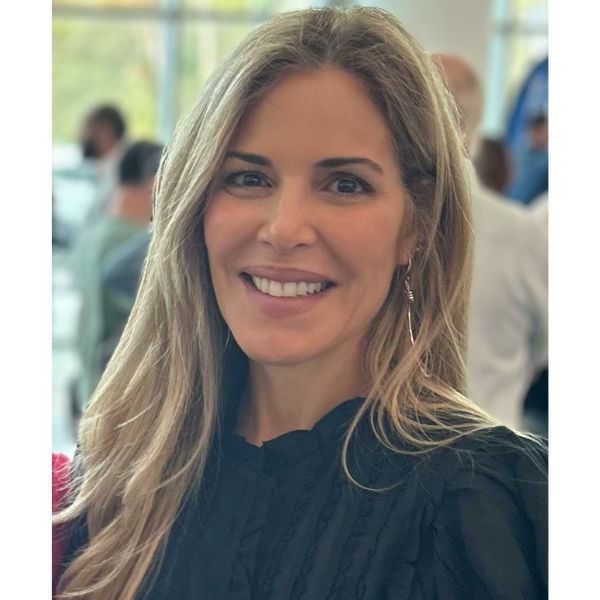
“What was once a slow, steady and meticulously architected brand building approach is now a minute-by-minute playbook on what is trending and who has gone viral so we can align in real time,” says Andrea Mennella, Founder and CEO of boutique agency, AMD-PR. “When I started my career, we had to wait on pins and needles for long lead magazines to drop so we could see the fruits of our labor from three to four months prior. Now, publicity is instantaneous.”
For Mennella, who began her PR career in the mid 90s, the shift from predominantly print to a digital-first reality means a real-time news flow and “warp speed” trends, requiring adaptability from clients and unparalleled creativity and availability from publicists. She cites the influx of content creators, rise of digital media and the speed of productivity – as well as the advent of affiliate and e-commerce platforms – as the biggest harbingers of change.
“As the publishing industry’s revenue stream has evolved, we too have adapted accordingly,” says Mennella, who over the past few years has also shifted her traditional PR business to “a more diversified suite” of PR and marketing services. “We tell our clients they must be on affiliate platforms and prioritize Amazon and retail partnerships that drive awareness and accessibility.”
Equally for Bickerton, evolving through the industry has meant being more reactive and strategic than ever before, especially when it comes to balancing editorial relationships with e-commerce-lead strategies like partnerships across influencer and key opinion leader (KOL), retailers and affiliates.
“When I started my first PR company in 2006, it was textbook; we had a media list that almost never changed,” she says. “There were no affiliate programs or commerce editors to pitch. There was no ‘Shop My’, no influencers to help move product, and no Amazon lists created by experts. We have so much more to consider in this ever-changing landscape.”
The editorial diaspora from New York City and the publishing industry itself has also played into today’s PR climate, making it even more challenging to maintain one-on-one relationships with the media, says Behrman.
“I grew up with the editors and we’re all in touch one way or another still, but it’s not like the old times,” says Behrman. “There’s more turnover within journalism and less staff. So many of the editors have become digital influencers, founders, freelancers or have gone in-house at beauty brands. Connecting and managing lasting relationships is a bigger challenge.”
On the bright side? Editorial democratization means more opportunity for driving brand awareness.
“One advantage is that there are a lot more editors to connect with,” says Mennella “What used to be just the beauty department has expanded to affiliate, e-comm, shopping, and freelance editors.”
The Small Agency Edge
To be sure, smaller size agencies are best suited to face the changing expectations of the modern PR client. Mennella says it’s the passion and nimbleness that boutique agencies possess that gives them an edge at becoming an integral part of a client’s team and remaining relevant in today’s world.
“We involve ourselves in every aspect of PR, from traditional and influencer relations to event production, B2B partnerships, philanthropy, sustainability, diversity and inclusion, crisis management – you name it,” says Mennella. “Many larger agencies have these areas siloed, which may seem efficient but can be disjointed. The broader perspective keeps us sharp and constantly supplied with creative assets and energy.”
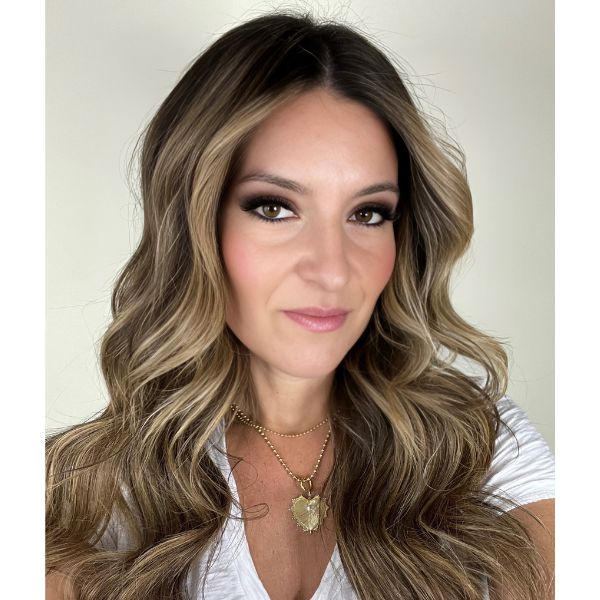
Another perk for boutique agencies? Smaller size firms can work with a mix of start-ups and established brands because they do not require the larger retainer minimums associated with corporate firms. And today, much of the excitement and industry innovation is coming from smaller brands with growing cult followings. It is these iconoclasts who are shaping beauty’s future, says Danielle Zacharia, founder of DAZ Public Relations.
“There’s a lot of positive momentum surrounding science-backed skincare, neurocosmetics, scalp health, and an overall shift towards more sustainably sourced ingredients and packaging and the market for Artificial Intelligence (A.I.) in beauty and cosmetics is also rapidly advancing every day,” says Zacharia. “The innovation and excitement in the beauty world remains strong.”
For Zacharia, whose agency specializes in “a blend of modern, digital strategy and traditional techniques,” the PR shift is perfectly timed for the myriad niche brands demanding more from their PR experience.
“PR agencies play a pivotal role in shaping strategic messaging for startups,” says Zacharia, adding that spending time understanding a brand’s unique point of difference is key to tailoring the PR experience to that client. “It’s not enough to just sell a product, rather you have to be able to connect on a personal and emotional level. Now more than ever, brands need to be persistent, operate with integrity, and never waiver from their authentic self.”
The COVID Effect
To be sure, one of the biggest impetuses for PR’s new reality was the COVID-19 pandemic, as it marked a moment when agencies sank or swam in the face of unprecedented challenge. In fact, according to a 2020 report by PR advisory firm, Gould + Partners, salary cuts and layoffs affected the PR industry in New York City during COVID more than anywhere else in the country.
“The uncertainty of how long [COVID] would last or if retail would return to pre-pandemic levels forced many people out of business,” says Mennella. “One of the first things to be cut was PR, which I personally believe was a mistake. Earned media consistently supports a brand’s reputation, visibility, and sales.”
For Kahn, PR’s COVID pivot actually resulted in a period of surprising growth. During this time, Kahn says she adapted to the moment by getting even closer to her brand partners, personalizing services and cutting retainers to help clients stay in business and keep up with increased ecommerce expansion.
“We spoke with our clients constantly and on a deeper level,” she says. “We offered to help whenever and wherever we could as we saw our brands lay off staff. We didn’t lose one account during that time, and actually signed a few new clients when they heard what we were doing.”
Bickerton adds that during COVID, she quickly rose to the challenge of the moment, providing additional, relevant services to clients (think: brand voice and tone support), and re-thinking existing PR plans, like replacing IRL events with virtual meet-ups.
“Our team reworked our pitch angles for just about every client,” she says. “For example, we could no longer plan to pitch SPF protection and travel products in the same way. We treaded lightly and ensured we were being extra sensitive to whoever and whatever we were pitching.”
It goes without saying that COVID has left an indelible, and permanent, impact – setting new precedents, including a renewed client expectation of flexibility, robust services and ultimate digital savviness. From the “always on” approach caused by hybrid work models and constant digital communication to evolutions of traditional PR tactics such as desk sides and mailer sends, process changes that once seemed temporary are now here to stay. One of them? Convenience – as the shift from in-person meetings, desk-side appointments, and events to virtual meetings, deliveries, and pitches seems the new normal.
“Face-to-face meetings disappeared and have yet to fully return; I hope they do soon,” says Mennella. “We have adapted by finding new ways to be heard – through collaborations, trend forecasting across our entire agency, and leveraging the expertise of third-party experts to validate brand messaging.”
Go-forward, these in-the-moment, macro-relevant adjustments have now become the client’s lasting expectation. One of the biggest changes, according to Behrman, is doing more with less resources. For her, this means returning to the basics of PR, namely a renewed focus on pragmatism.
“Keeping expenses at bay is the new cool – it used to be ‘how much can you spend at Le Bernardin or Per Se on the client’s dime to connect with the media?’ Now it’s how little can you spend,’” says Behrman, adding that since the pandemic, she’s also seen a greater focus on organic relationship building, seeding and placements. “A more authentic approach is now resonating far more.”
Looking to the future, publicists are clearly as hopeful as they’ve been resourceful at ebbing and flowing with a landscape shaped by change. For Kahn, who started her career in the early 90s using word processors and analog media directories that “were outdated before they were printed,” today’s digital-first world is filled with opportunity – if you’re willing to adapt.
“Change keeps everyone on their toes and ultimately makes us better at our jobs,” says Kahn. “Thinking outside of the box and not operating from a place of fear will afford our clients success. We will never say ‘why didn’t I think of that,’ because we are, in fact, thinking of that. The opportunities are endless.”


